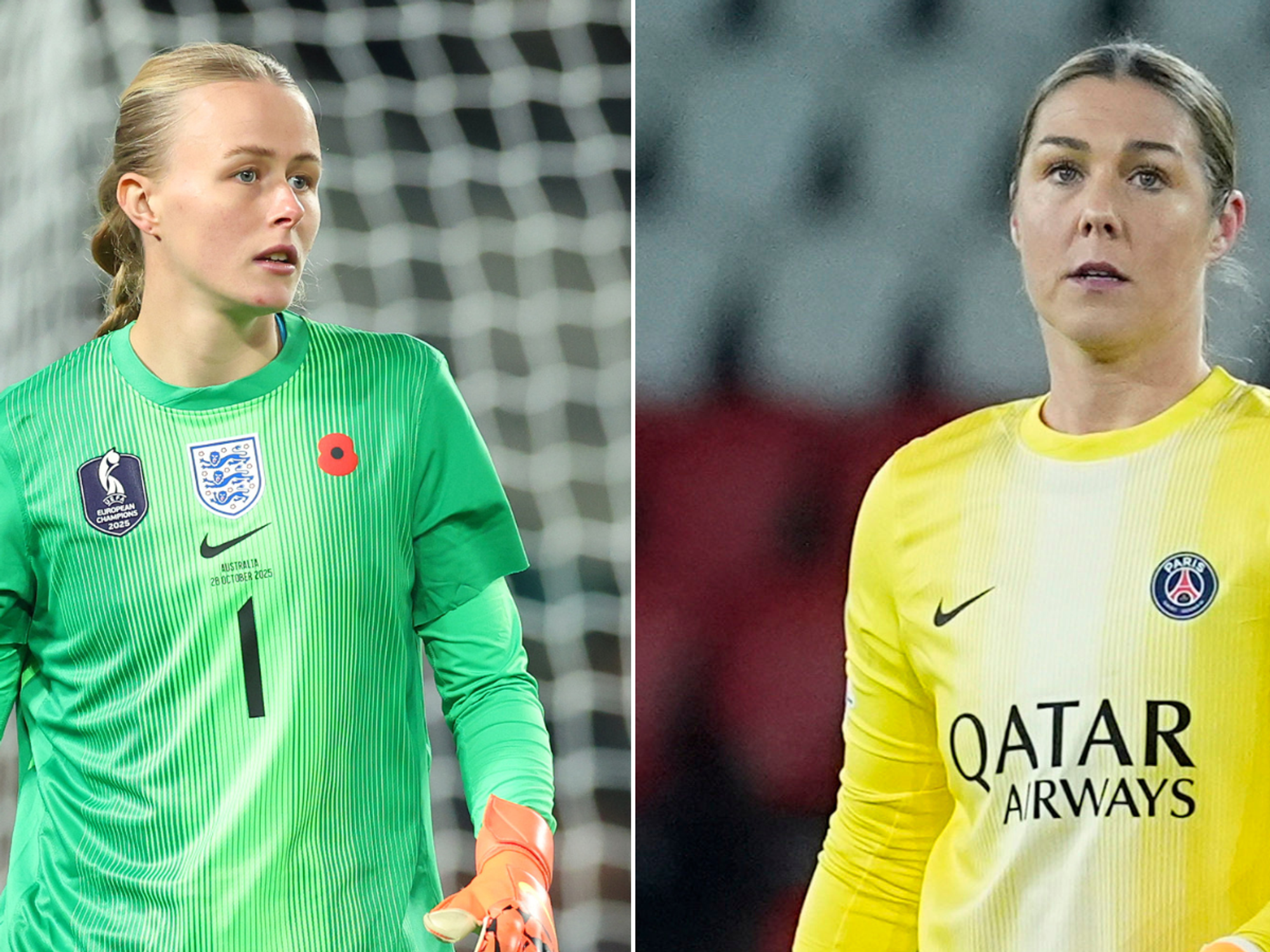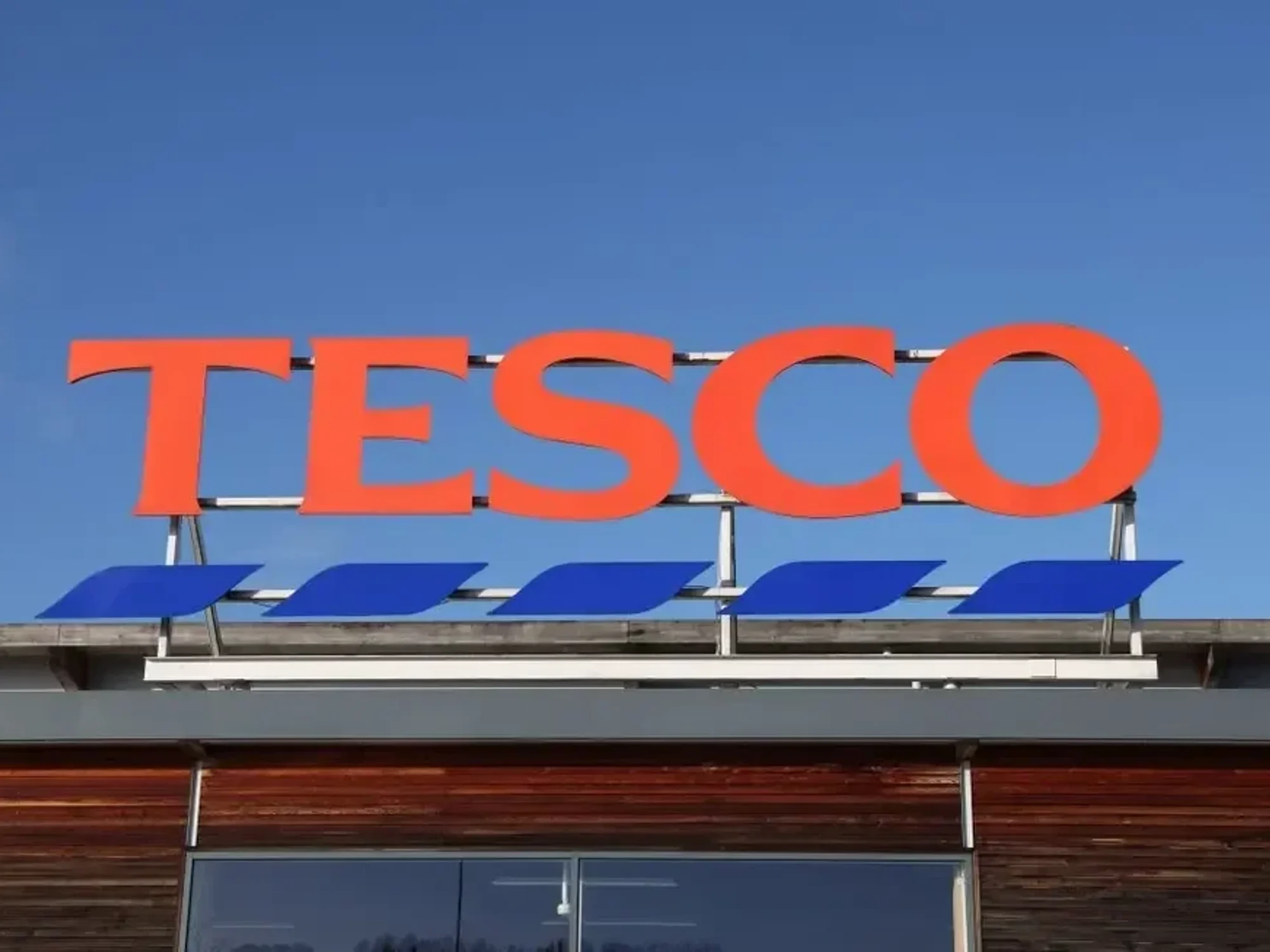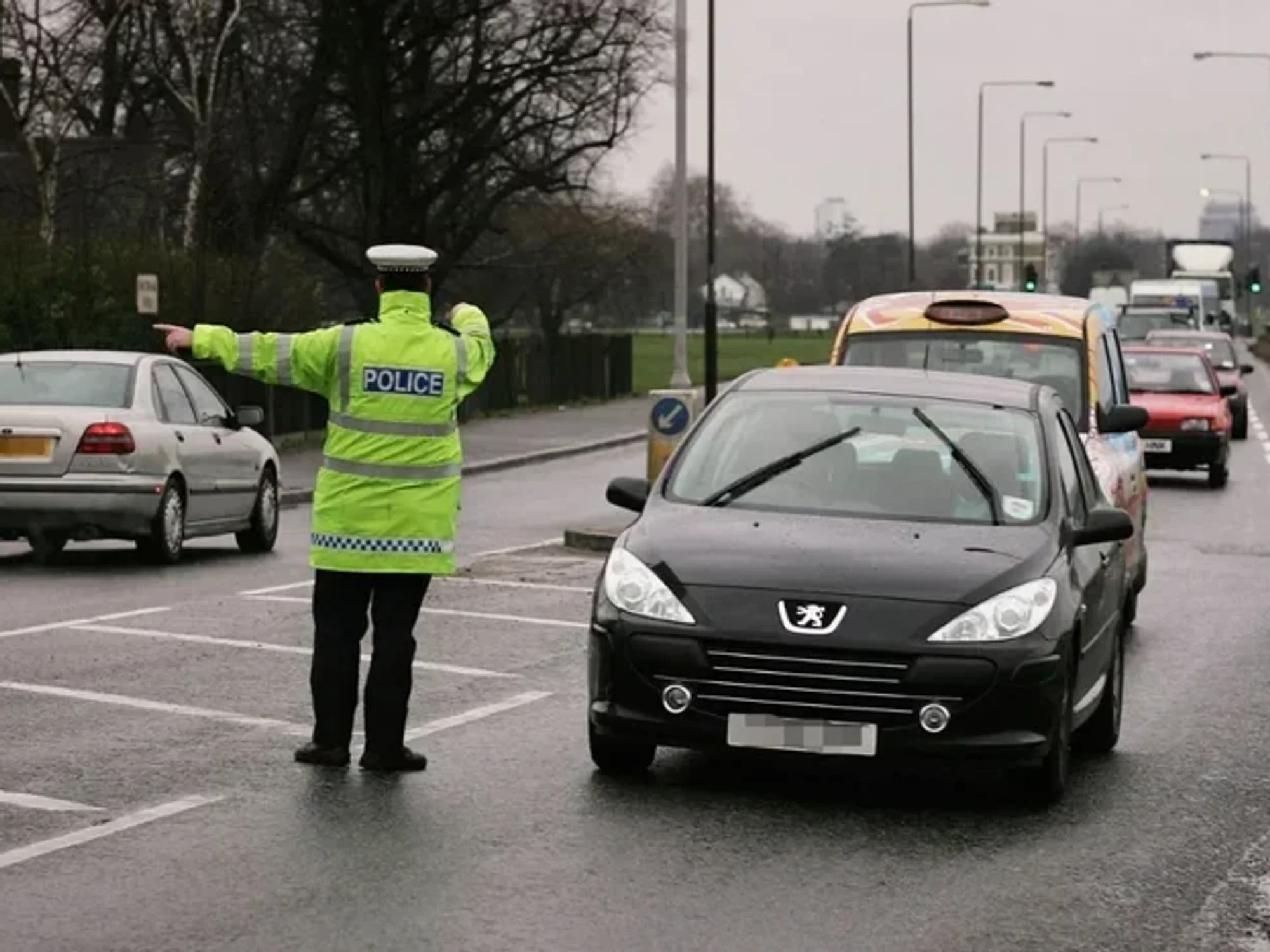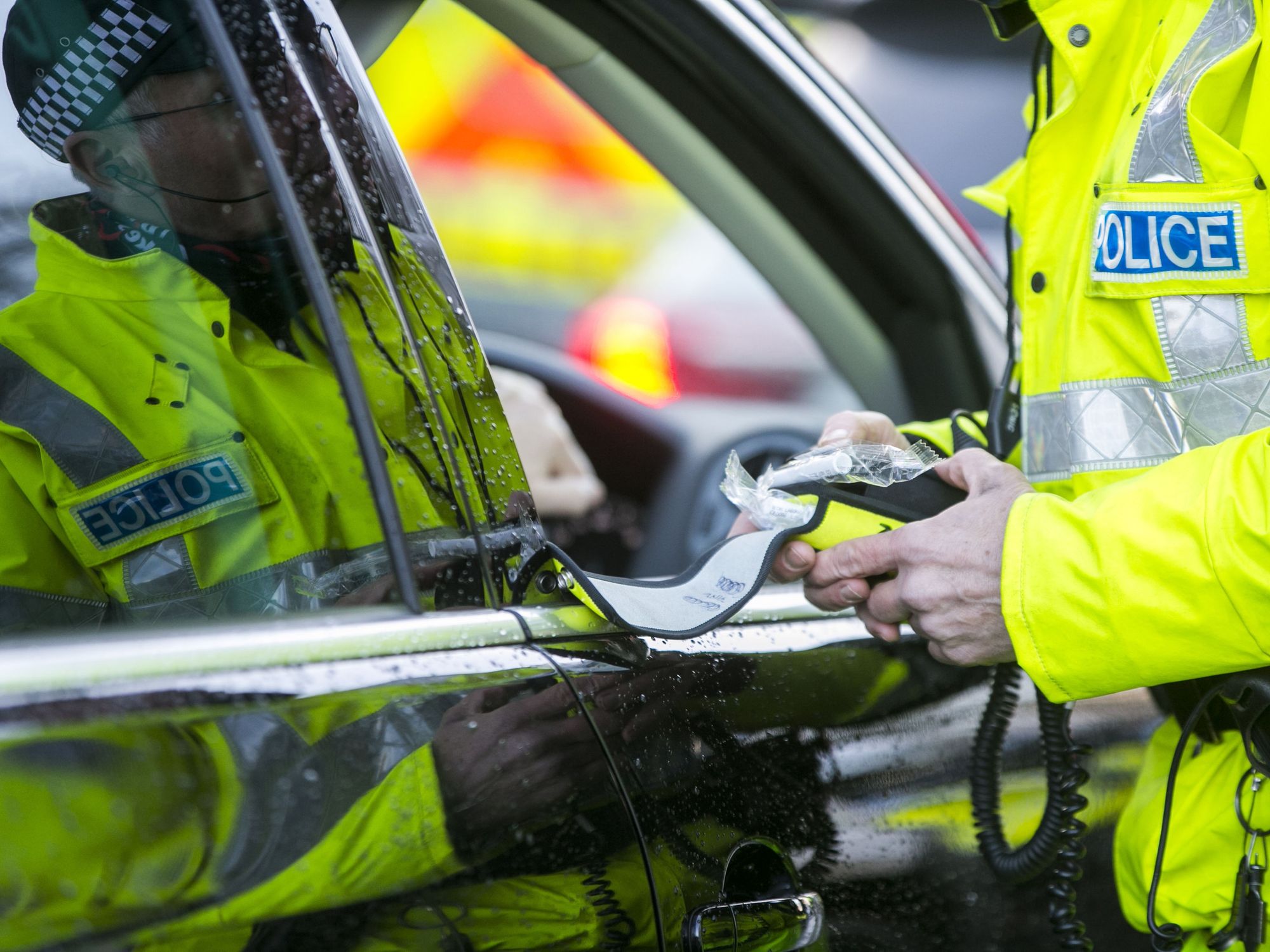Sunscreen warning to all Britons as fake SPFs could cause 'irreversible skin damage' - 'Too serious to ignore!'

'Fake SPFs tend to provide far less protection than they claim,' an expert cautioned
Don't Miss
Most Read
Latest
A skin care specialist has issued an urgent warning about the proliferation of counterfeit sun protection products across Britain as the country faces soaring temperatures.
Dr Ellie Jolly cautioned that fake SPFs may protect the skin for merely a third of the advertised duration, and alarmingly, they're "rife" in the UK.
Research revealed that one examined counterfeit product claiming SPF 45 protection actually contained only SPF 3.61.
Dr Jolly, founder of Ilklely Skin Clinic, highlighted that counterfeit products frequently fail to protect against UVA rays, which penetrate deeply into skin and contribute to both premature ageing and cancer.
"Fake SPFs tend to provide far less protection than they claim," the expert stated, emphasising that "the risk of wearing counterfeit sunscreen really is too serious to ignore".
She warned that fraudulent products typically lack crucial protective ingredients such as zinc oxide, avobenzone, octinoxate, and titanium dioxide found in legitimate mineral sunscreens.
"In fake SPF, you're likely to see harmful ingredients such as alcohol or preservatives on the ingredients list, and oxybenzone, which is a known endocrine disruptor," the skin care guru explained.
Dr Jolly identified five crucial indicators consumers should check when purchasing sunscreen.
Being aware of these is crucial, with Ilklely Skin Clinic warning that counterfeit SPFs "could lead to irreversible skin damage".
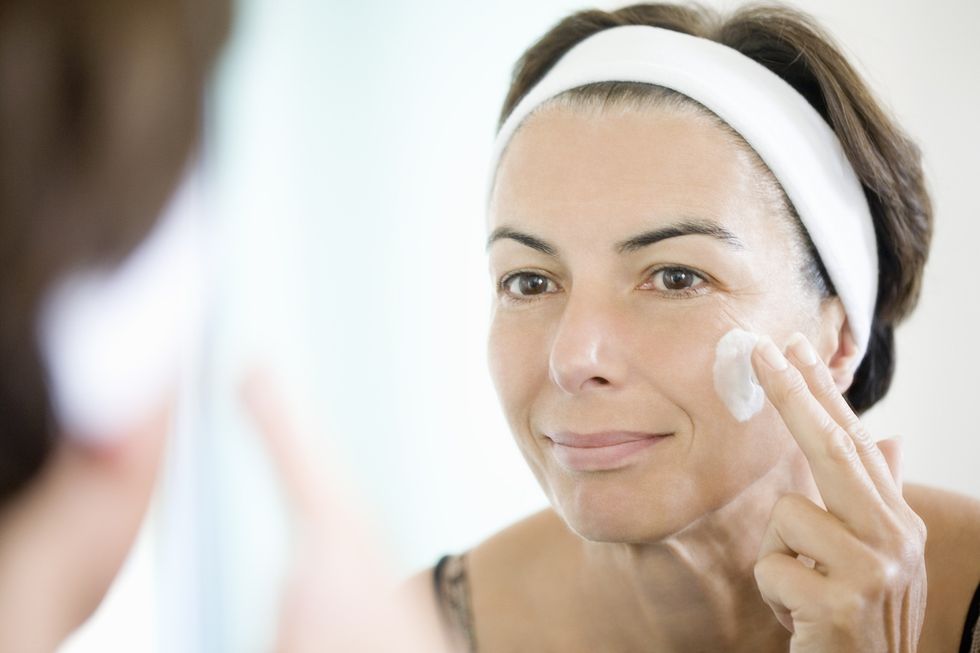
Britons should ensure their sunscreen provides maximum protection
| GETTY IMAGESMissing ingredients
According to Dr Jolly, the first red flag to watch out for is a poor ingredients list. Authentic mineral sunscreens should contain substances such as zinc oxide, avobenzone, octinoxate and titanium dioxide, the expert explained.
Conversely, counterfeit products often feature potentially harmful components, including alcohol, certain preservatives, and oxybenzone, which Dr Jolly identified as "a known endocrine disruptor".
LATEST DEVELOPMENTS:
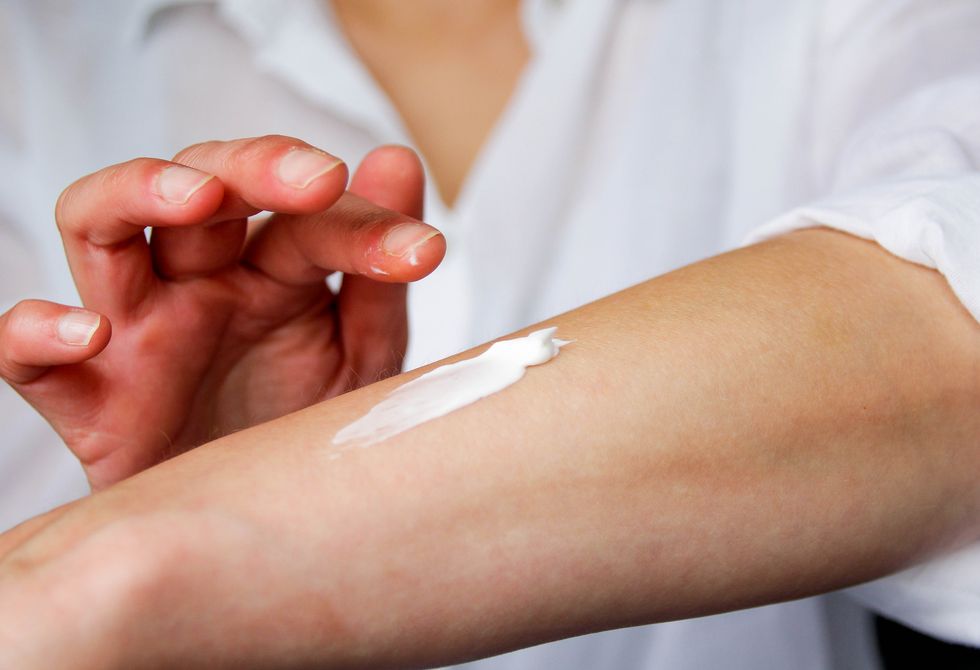
'The risk of wearing counterfeit sunscreen really is too serious to ignore'
|GETTY IMAGES
An unusual texture or scent
Physical characteristics provide another telltale sign. Legitimate sunscreens typically possess a consistent texture that readily absorbs into skin without excessive oiliness. Fake products may exhibit a chalky consistency and emit a chemical odour.
Very low prices
Pricing anomalies serve as the third warning sign. "If you think the price seems unusually low, then it's probably too good to be true," Dr Jolly advised.
She recommends purchasing from trusted sources such as major retailers, pharmacies, or official brand websites rather than unverified third-party sellers.
A large number of positive product reviews
Review patterns and product labelling complete the list of indicators. Counterfeit products often display "an unusually large number of positive reviews" due to purchased fake feedback.
Misspelt words or a missing certification
If you notice spelling mistakes on the product description or ingredients, it's likely to be a fake.
Crucially, the absence of certification is also a major no-no. Dr Jolly explained that SPFs need to be certified and verified to provide a level of protection against UVB radiation.
"The SPF certification (where you will see the SPF value, such as SPF 50) means the product has undergone testing to determine its SPF value. If this is missing, then it's definitely a fake product."






